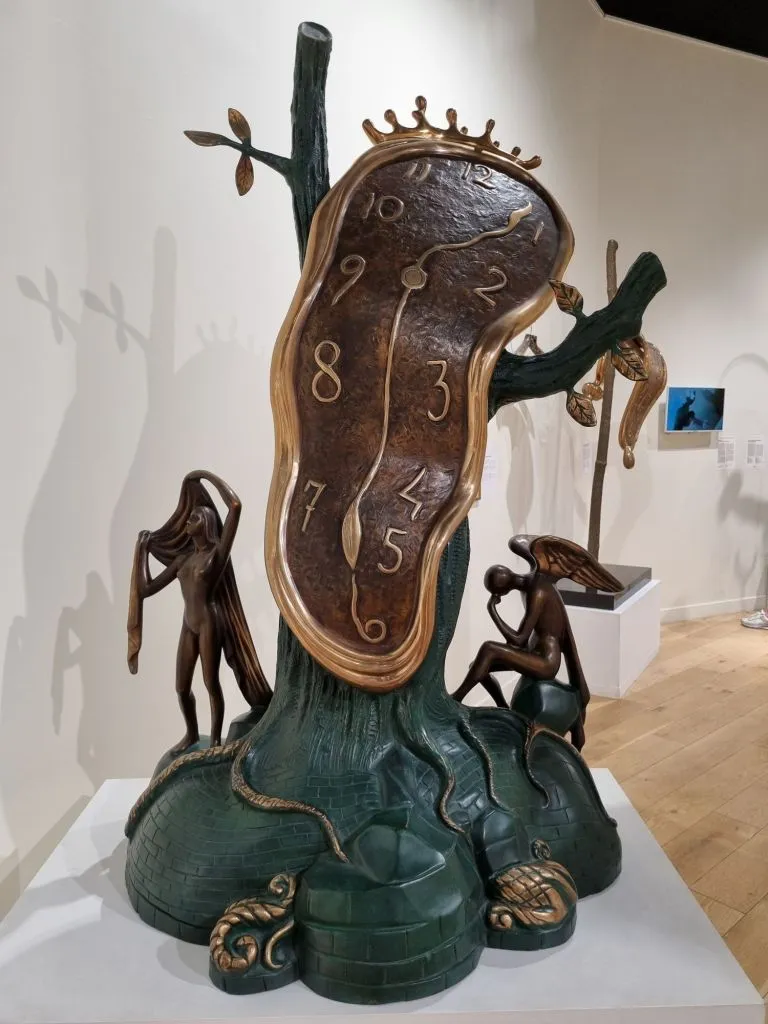In Lacanian psychoanalysis, the symptom is not just a problem to fix, but something that reveals something true about the person’s unconscious, about the person’s subjectivity. This is a very different description of a symptom as compared to psychiatry and the diagnostic manual of mental disorders (DSM). Lacan sees the symptom as a way for the person to deal with their suffering, “jouissance” (which is a type of intense pleasure or drive) and as something that reflects a mix between desire and repression. Instead of seeing the symptom as something purely negative, it has meaning and plays a role in how the person relates to language and the symbolic order and others around them (Lacan, 2006).
Derek Hook, in his work on Lacan’s concept of the symptom, explains that Lacan takes a different approach from Freud, who saw the symptom mainly as something repressed returning to the surface. According to Hook (2018), for Lacan, the symptom is more than that, it’s a personal expression of how the person interacts with the Other (society, language, relationships) and with language itself. Hook explains that the symptom holds unconscious knowledge, even if it’s hidden and hard to interpret.
The symptom is also connected to jouissance, meaning that it involves both pleasure and pain. Hook points out that people often hold onto their symptom because it’s tied to how they experience pleasure, even if it’s mixed with suffering. This makes the symptom not just a problem, but a way the person keeps their mental world balanced. Hook (2018) explains that psychoanalytic treatment aims at uncover the meaning of the symptom, but it shouldn’t be quickly removed, because that could unsettle the person’s sense of reality.
In Lacan’s later work, he introduces the idea of the sinthome, which is a development of the concept of the symptom. The sinthome is something that helps hold together the person’s reality by connecting the Real, the Symbolic, and the Imaginary. Unlike the symptom, which can be interpreted, the sinthome is more foundational and helps keep the person’s mind stable, especially when the symbolic order (like language and social norms) doesn’t fully work for them (Lacan, 2005).
Lacan discussed this idea in his seminar on James Joyce, where he explained that Joyce’s writing acted as his sinthome, allowing him to avoid a mental breakdown. Hook (2018) explains that, unlike the symptom, the sinthome isn’t something that can be interpreted or resolved. Instead, it’s what helps the person live with their jouissance and maintain their sense of reality.
In short, Lacan’s early idea of the symptom is that it has meaning and reveals the person’s unconscious. In his later work, as Hook explains, the sinthome goes even further, holding the person’s mental reality together in a way that may not be accessible through interpretation.
References
Hook, D. (2018). Six moments in Lacan: Communication and identification in psychology and psychoanalysis. Routledge.
Lacan, J. (2005). The seminar of Jacques Lacan: Book XXIII. The sinthome (A. R. Price, Trans.). Polity Press.
Lacan, J. (2006). Écrits: The first complete edition in English (B. Fink, Trans.). W.W. Norton & Co.
Author
Bita Riazati is a Lacanian Psychoanalyst, registered psychologist, and clinical supervisor based in Melbourne. She holds advanced degrees in psychology from RMIT University, the University of Melbourne, and Swinburne University. In private practice since 2018, Bita specializes in treating complex issues like addiction, psychoses, and personality disorders. She is a full member of the Australian Psychological Society (APS) and an international member of Lacan/UK and the Colorado Analytic Forum. As a board-approved supervisor, she mentors psychology students and clinicians while regularly presenting at psychoanalytic conferences and leading Freudian and Lacanian study groups.
